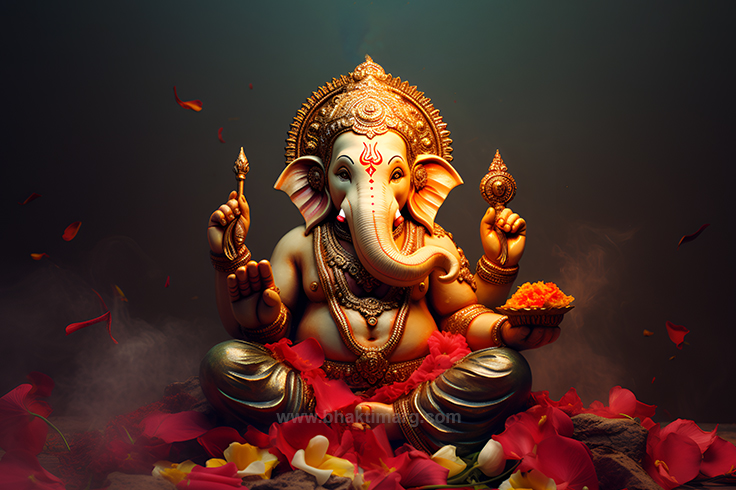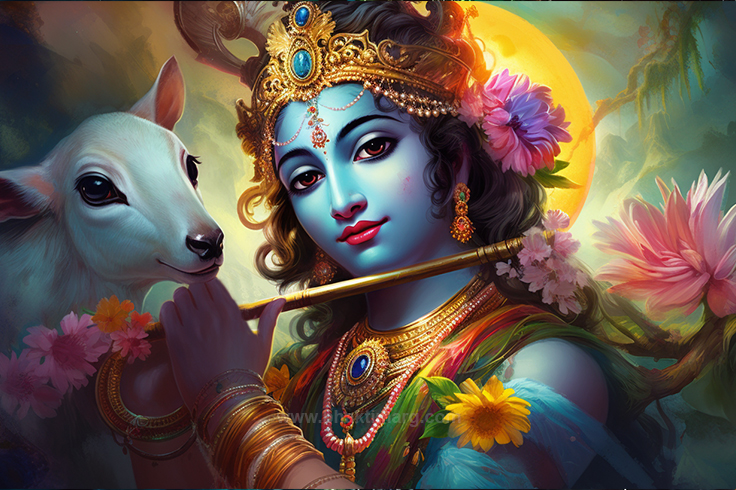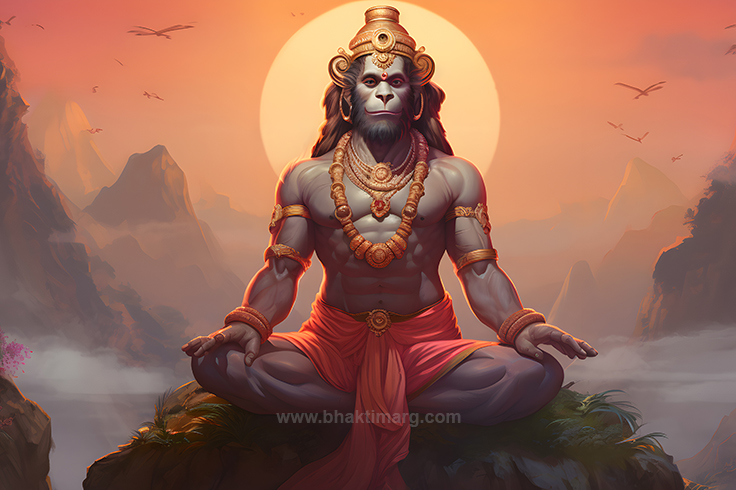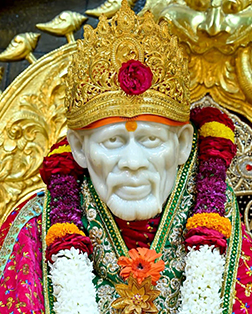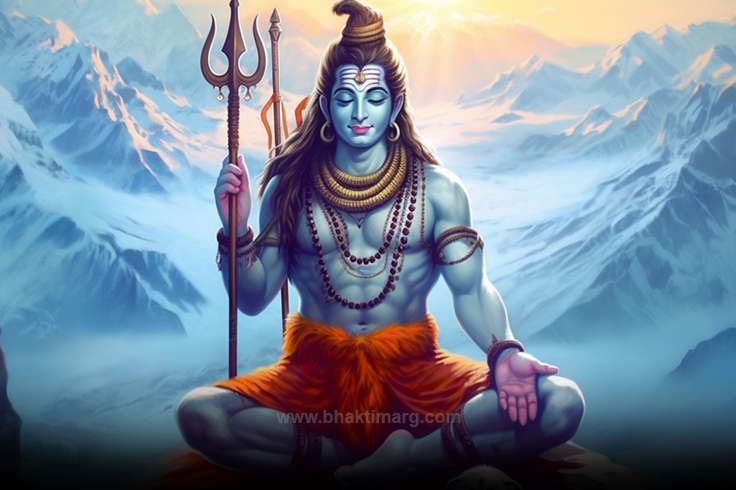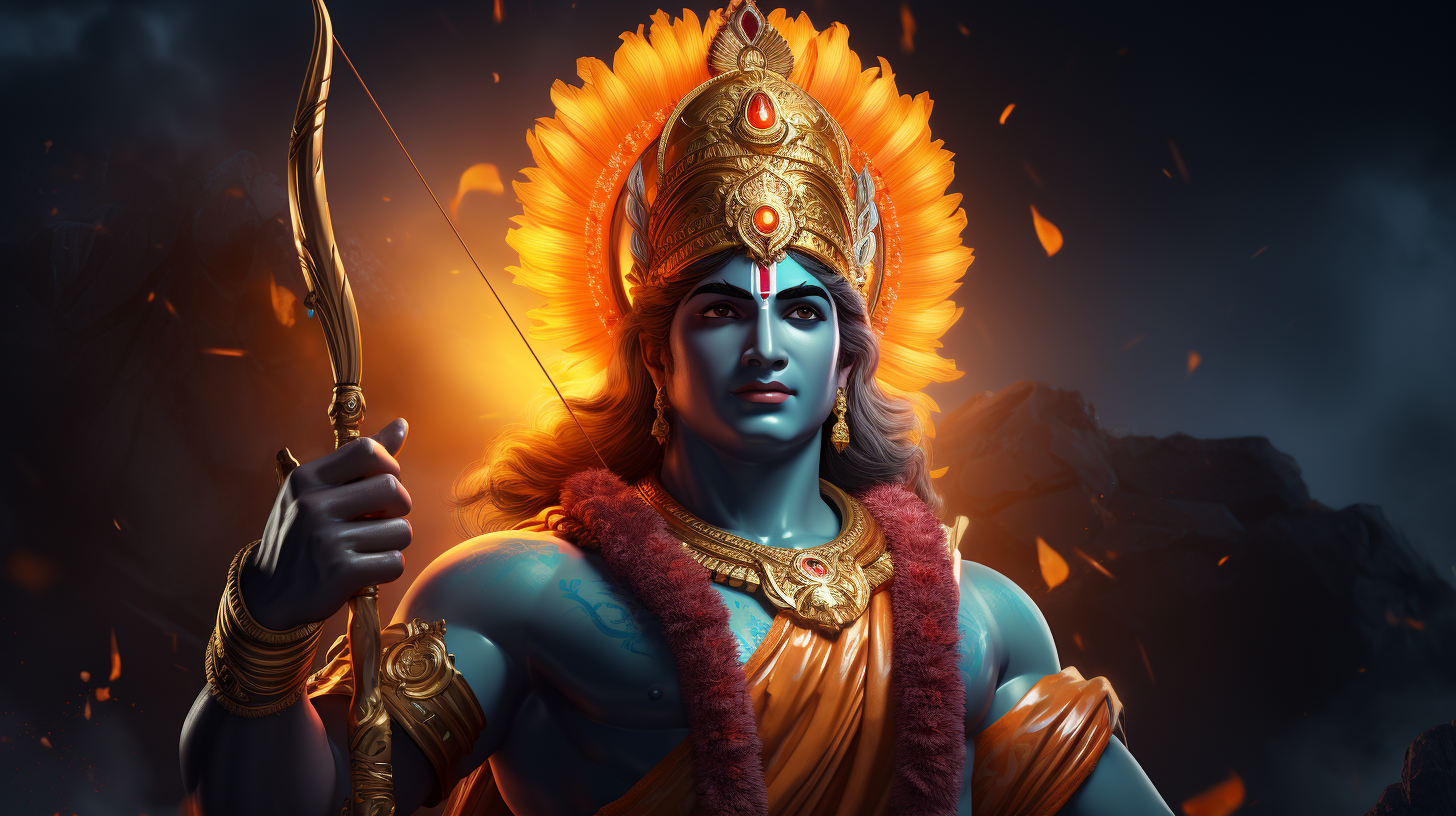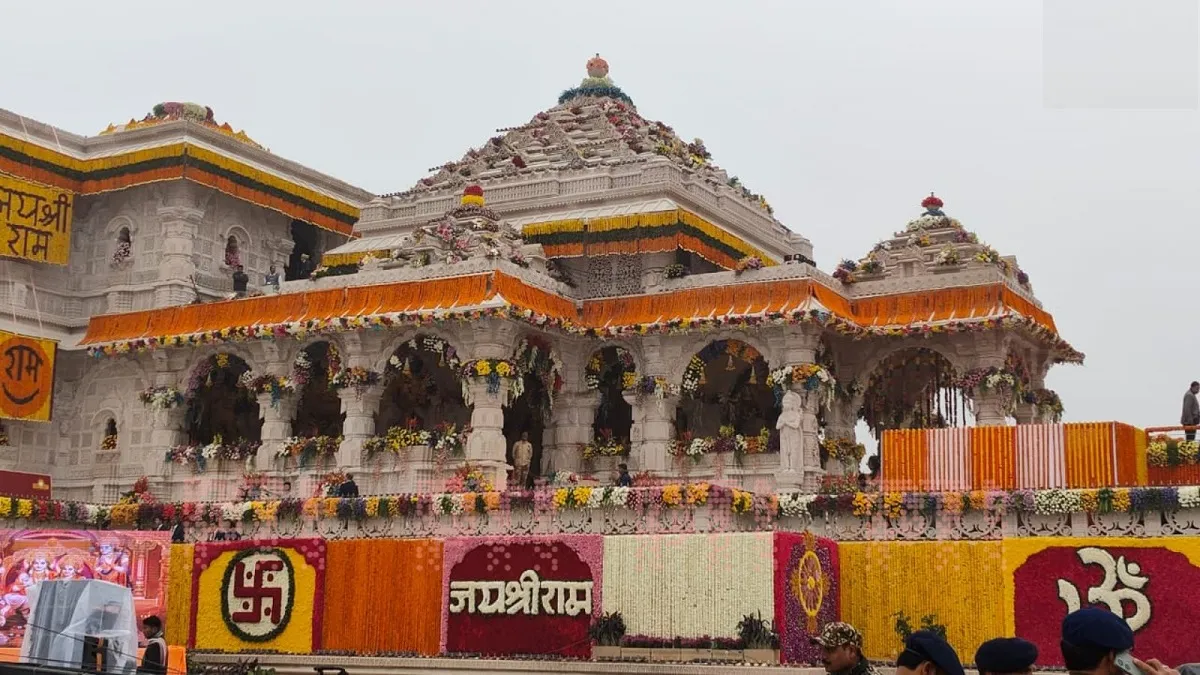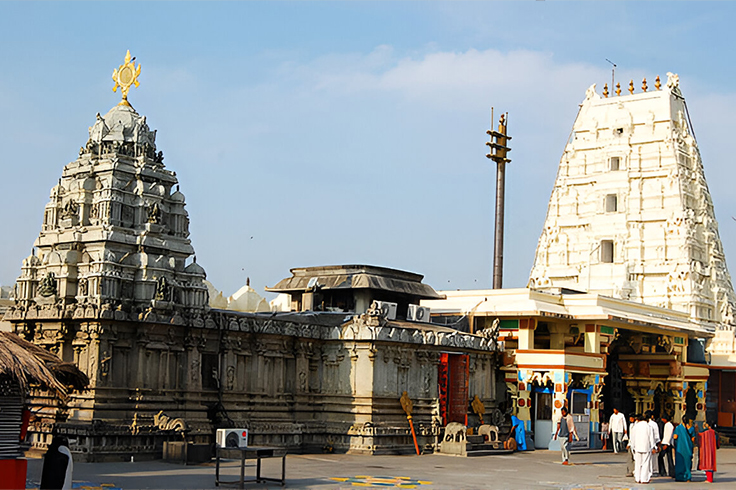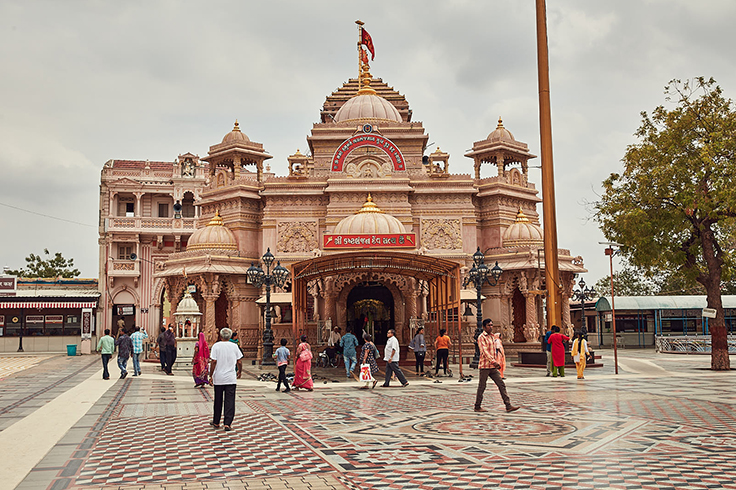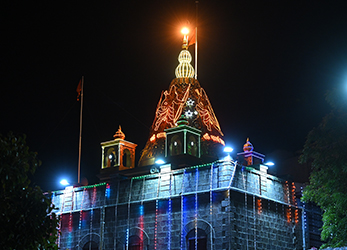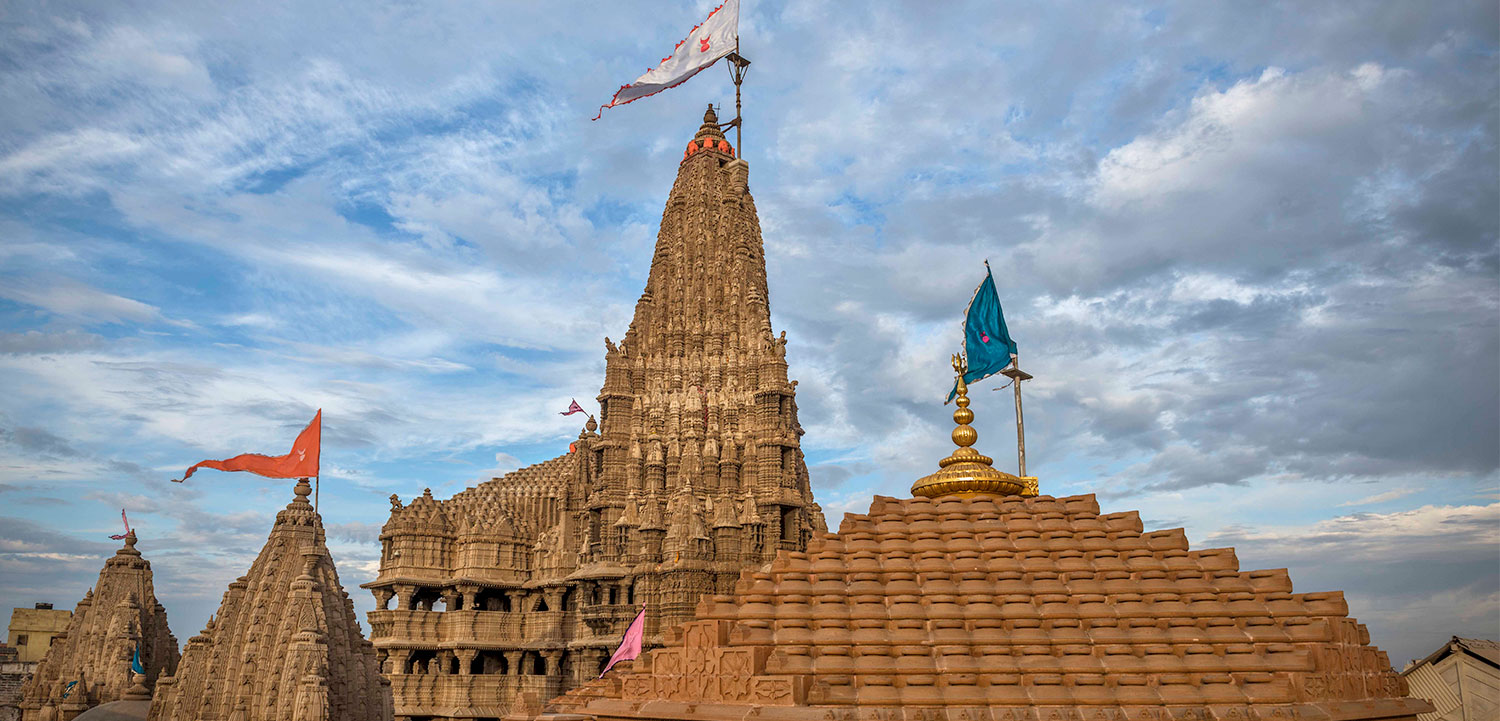Aarti Sri Ramayan Ji Ki Lyrics – Ram Ji Ki Aarti
Aarti Sri Ramayan Ji Ki
Kirti Kalit Lalit Siya Pi Ki
Gaavat Brahamadik Muni Narad
Balmeek Bigyaan Bisaarad
Suk Sankaadi Sesh Aru Saarad
Barni Pavansut Kirti Neeki
Aarti Sri Ramayan Ji Ki
Kirti Kalit Lalit Siya Pi Ki
Gaavat Ved Puraan Ashtdas
Chhao Shastra Sab Granthan Ko Ras
Muni Jan Dhan Santan Ko Sabras
Saar Ansh Samat Sab Hi Ki
Aarti Sri Ramayan Ji Ki
Kirti Kalit Lalit Siya Pi Ki
Gaavat Santat Sambhu Bhavani
Aru Ghatsambhav Muni Bigyani
Vyaas Aadi Kabi Barj Bakhaani
Kaagbhusundi Garud Ke Hi Ki
Aarti Sri Ramayan Ji Ki
Kirti Kalit Lalit Siya Pi Ki
Kalimal Harni Vishya Ras Feeki
Subhag Singaar Mukti Jubti Ki
Dalan Rog Bhav Moori Ami Ki
Taat Maat Sab Vidhi Tulsi Ki
Aarti Sri Ramayan Ji Ki
Keerti Kalit Lalit Siya Pi Ki
Shri Ram Aarti
The Shri Ram Aarti is performed in praise of Lord Rama to express the devotion and reverence of the worshipper towards the divine. It often includes verses describing Lord Rama’s attributes, qualities, and deeds, celebrating his righteousness, valor, and divine nature. According to Bhakti Marg, the term ‘Aarti” has evolved from two words in Sanskrit- “aa”, meaning “towards” and “Rati”, which means “good qualities or virtues”. The word “Aarti”, therefore, means “in praise of Shri Ram’s virtues”.
The Ram Chandra Ji Ki Aarti is performed with the offering of (a lamp to the deity. Devotees sing while waving the diya in a circular motion in front of the deity’s idol or image, typically after the puja. This ritual symbolizes the removal of darkness (ignorance) and the illumination of the soul with the light of spiritual knowledge and divine grace. Ram Bhagwan aarti is commonly performed in temples and homes to show reverence and devotion to Sri Ram at the end of the puja. There are several versions of Ram Ji Ki Aarti, and the lyrics may vary depending on regional traditions and customs.
Ancient Roots of Shri Ram Aarti
The history and origin of the Shri Ram Aarti goes back to ancient times. The aarti itself is a form of devotional expression and has evolved over centuries. It can be challenging to pinpoint an exact date or source of origin for the Shri Ram Aarti.
The origins of the Ram Bhagwan Ki Aarti are rooted in ancient Hindu scriptures, particularly the Valmiki Ramayana and the Ramcharitmanas, two of the most significant texts dedicated to the life and exploits of Lord Rama. Valmiki Ramayana, composed by the sage Valmiki, is one of the earliest and most revered accounts of the life of Rama. It contains many Sri Rama stories, hymns, and praises dedicated to Lord Rama, which may have served as the basis for later aartis. Lord Rama Story in English is available online. Ramcharitmanas, written by the saint-poet Tulsidas in the 16th century, is another significant text that contributed to the devotional literature surrounding Lord Rama. It includes several verses and hymns that glorify Rama’s divine qualities and deeds, some of which may have influenced the Ram Chandra Ji Ki Aarti.
The Bhakti movement, which emerged in medieval India, played a crucial role in developing and popularizing devotional songs and aartis dedicated to various deities, including Ram Bhagwan.
Over time, different regions and cultural groups in India have developed their own versions of the Ram Ji Ki Aarti. Before being formally documented in written form, many religious hymns and aartis were passed down through oral tradition. Devotees and priests would learn and recite Shri Ram Stuti from memory, ensuring their preservation and transmission to future generations. Recently, with the advent of recording technology and the internet, the Shri Ram Aarti, along with Shree Ram Bhajan, has become more accessible to a global audience.
Essence of Lord Rama Aarti in Hinduism
The Shri Ram Aarti holds significance in Hindu religious practice and devotion to Lord Rama. The Shri Ram Aarti is a means through which devotees express their deep love, reverence, and devotion to Lord Rama. According to Bhakti Marg, performing the aarti is a way to connect with the divine and seek a personal relationship with the deity. The waving of the lamp in front of the deity symbolizes the illumination of their souls with the divine light of Lord Rama’s presence. The circular motion of the lamp during the aarti is symbolic of dispelling darkness and ignorance from one’s life. It signifies the removal of negative forces, doubts, and impurities, both internal and external, and the ushering in of spiritual enlightenment and clarity.
Devotees believe that by performing Ram Bhagwan Ki Aarti, they are inviting the blessings and protection of Lord Rama into their lives. Chanting the various God Rama Names helps them seek guidance, strength, and divine intervention to navigate life’s challenges.
Ram Chandra Ji Ki Aarti is an expression of gratitude towards the deity. Devotees acknowledge the benevolence of Lord Rama in their lives and thank him for his grace and blessings.
Ram Ji Ki Aarti is performed during religious and cultural events, festivals, and ceremonies. It serves as a unifying ritual that brings communities and families together in a spirit of devotion and celebration. It strengthens cultural bonds and traditions. Important moral and ethical values are often conveyed through the verses and hymns in the aarti. The stories and qualities of Lord Rama shared in the aarti and Sri Rama Raksha Stotram serve to impart these values to younger generations and reinforce them among adults
.
The melodious tunes and rhythmic chanting of the Sri Rama aarti and Shri Ram Mantra can have a soothing and meditative effect on the mind. It helps to calm the senses, reduce stress, and promote inner peace and tranquility.
For many Hindus, the daily recitation of aartis, including the Ram Bhagwan Aarti, is a religious obligation and a part of their daily worship routine. It is a way to connect with their faith and fulfill their religious duties. The Shri Ram Aarti and chanting of Rama Raksha Stotra is a celebration of the divinity of Lord Rama. It highlights his virtuous qualities, heroism, and role as a divine avatar, which inspires devotees to aspire to higher spiritual ideals and ethical standards.
Practices Involved Ram Ji Ki Aarti
Devotees often bathe or wash their hands and feet before approaching the altar since it is essential to ensure personal and environmental cleanliness before beginning any religious ritual.
The focus of the Ram Bhagwan Ki Aarti is the idol or image of Lord Rama. Devotees place it on an altar or shrine in their home or temple. A special plate or tray is used for performing the aarti. It typically contains items like a lamp (diya or deepak), incense sticks (agarbatti), a conch shell (shankh), a bell (ghanta), and flowers. Devotees may prepare offerings such as fruits, sweets, or other items considered auspicious and pleasing to Lord Rama. The main element of the aarti is the diya, which symbolizes the presence of the divine. It is filled with ghee (clarified butter) or oil, and a cotton wick. The devotee lights the lamp while chanting mantras or prayers dedicated to Lord Rama.
While performing the Rama Aarti, the devotee holds the lamp in his right hand and waves it in a circular motion in front of the idol or image of Lord Rama. The circular motion represents the removal of darkness and the spreading of divine light. Devotees light incense sticks and wave them in front of the deity. Devotees believe the fragrant smoke purifies the environment and creates a pleasing atmosphere. Participants blow the conch shell and ring the ghanta continuously to create a harmonious and spiritually uplifting sound. The aarti concludes with a final ringing of the bell or the conch shell, and devotees may bow or offer their respects to the deity while chanting Shree Ram Mantra. You can read Shri Ram Mantra in English from numerous online resources.
After completing the aarti, the devotee offers the prepared food or sweets to the Bhagwan Shri Ram as prasad. It is then distributed among the participants and consumed as a symbol of divine blessings. Devotees may perform a prostration (sashtang namaskar) in front of the deity as a sign of humility and surrender. Devotees may also chant the different Ram Bhagwan Names. In temples and larger gatherings, it is a practice to pass the aarti plate with the lit lamp from person to person so everyone can have a darshan (view) of the deity and receive divine blessings. Some devotees may perform circumambulation (pradakshina) around the deity or the temple after completing the Rama Aarti as a sign of reverence. After the aarti, devotees may sing Rama Bhajan (devotional songs dedicated to Shri Ram), further deepening their connection with the deity.
Gains of Reciting Ramji Ki Aarti
Performing the Ram Bhagwan Aarti offers many benefits to those engaging in it as part of their religious and spiritual devotion. These benefits encompass physical, mental, emotional, and spiritual well-being aspects.
Regularly performing the Shri Ram Aarti and singing Ram Bhakti Bhajan fosters a deep and personal connection with Lord Rama. It reinforces faith in the divine presence of Lord Rama, helping devotees cultivate unwavering trust in their spiritual path.
The rhythmic chanting and meditative aspects of Ram Bhagwan Ki Stuti and aarti can reduce stress and anxiety, promoting mental calmness and emotional stability. Offering the aarti is often accompanied by inner peace, contentment, and emotional fulfillment. Devotees express gratitude for the blessings and protection of Lord Rama.
The practice of aarti is often a communal activity, fostering a sense of unity and belonging among devotees who come together to worship Bhagwan Shri Ram. It helps to preserve cultural and religious traditions as the aarti is often passed down through generations, ensuring the continuity of cultural values.
Including the Rama Aarti in one’s daily routine encourages regularity in spiritual practice, promoting discipline and structure in life. Individuals taking on the responsibility of performing the aarti learn the importance of commitment and dedication to their religious duties.
The aarti’s verses often highlight Lord Rama’s virtuous qualities and moral principles, encouraging devotees to reflect on their own lives and strive for moral growth. The Story of Lord Rama and the values conveyed through the aarti serve as ethical guidelines, promoting righteous behavior in daily life.
The Ram Bhagwan Aarti, with its incense and lamp, is believed to purify the environment and drive away negative energies or obstacles. Ultimately, the aarti is a joyous celebration of Lord Rama’s divinity, reminding devotees of the greatness and virtues of the deity.



